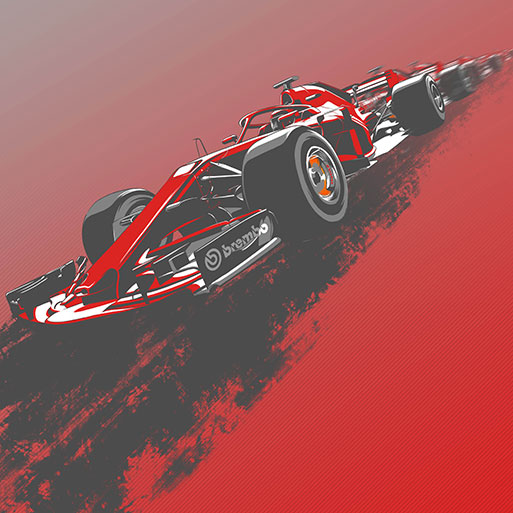
Brake use during the GP
The Formula 1 drivers use their brakes on only 9 of the 20 corners, which is three less than the MotoGP riders.
The grip guaranteed by the four tires means the cars don't need to brake on turns 3, 6 and 16.
To complete one lap on the Austin track, the brakes on each Formula 1 car are applied for 17 seconds, compared to the 37 seconds the MotoGP bikes need. On average during the United States GP, the Formula 1 cars apply their brakes for 16 minutes, which is 19% of the overall duration of the race.
The average peak deceleration per lap is 3.8 G, but there are four corners where this gets up to at least 4.7 G. The energy dissipated in braking throughout the GP by one single-seater however, is high: 220 kWh, which is the same of the Bahrain GP. Instead the load applied to the brake pedal by each driver from the starting line to the checkered flag is not among the heaviest in the World Championship: 51.3 tons, which is a quarter less that of the Singapore GP. In other words, each driver is required to apply a force of about 0.546 tons (1,204 lbs) for every minute of driving.
